
Visiting woods
Foraging: what to look out for each month
See what's in season with our guide to sustainable foraging with top tips on how to pick, cook and eat wild plants.

Content manager
Walking is a great way to exercise. It’s one of the simplest ways to keep fit, it’s free and there’s no need for equipment. Combine that with time in the natural environment – which is good for us whether we’re exercising or not – and your physical and mental health are both set for a boost.
It’s time to escape the treadmill of daily life and swap the gym – or the sofa – for a regular walk in the woods. Here are five great benefits for our health and wellbeing, plus top tips on what to take with you and how to add some variety to your woodland visits.
Research has shown how woods can increase our physical health, mental wellbeing and quality of life. In fact trials of ‘green prescriptions’ are underway around the UK, with GPs encouraging patients to take exercise in nature.
Walking is one of the easiest ways to get more active and keep fit. But it doesn’t end there. The increase in heart rate improves blood flow and helps your heart pump more efficiently. Walking can help maintain bone health, keep blood sugar levels balanced and energy levels even.
Just 30 minutes a day is beneficial, including reducing risk of conditions like heart disease and diabetes. If a half hour hike seems out of reach, start small and gradually increase your step count.
The setting makes all the difference. Walking in nature has been overwhelmingly proven to help keep your blood pressure down versus an indoor treadmill or busy city streets. Being outside in the sunshine helps increase vitamin D too, which gives your immune system an extra boost.
Any walk is good for brain health, as the impact of each footstep increases blood flow to the brain. This can help improve your memory, cognitive function and protection against decline.
A wander through woodland is a real treat for the senses, with different things to see, hear, smell and touch. This gives your brain lots to absorb, and each change in the weather and season will reveal something new to keep your mind alert.
Taking your walk in the morning may give you an extra edge for your daily tasks too. Some claim it can boost your energy levels, mental clarity and ability to focus for the rest of the day.
Walking gets the blood flowing and the heart pumping. If you can make it a brisk walk, you’ll boost endorphins, the feel-good hormones that improve your mood and lower stress, anxiety and depression.
Combining that walk with nature is extra rewarding for mental health. Being in or near the natural world is proven to reduce stress and improve wellbeing, whether you’re exercising or not. Simply having views of trees from a hospital window can boost patient recovery time. It's one of the many reasons trees are vital in our everyday lives.
For many, time in the great outdoors is an escape from the pace and stress of normal life. In fact, 90% of people report that sensory experiences in woodlands, like the sound of trees rustling in the breeze, have a positive impact on their wellbeing. Studies also show that the level of the stress hormone, cortisol, is lower when walking in nature. Regular exercise in woods or parks has been found to reduce the risk of poor mental health too. The same couldn’t be proved for non-natural settings like gyms.
These combined effects on our mental health are steadily gaining more recognition. Forest bathing, for example, is becoming increasingly popular in the UK - even the Duchess of Cambridge is a fan! Immerse yourself in nature and take in your surroundings through all five senses for better health, happiness and a sense of calm. You can try it on your own or find an event to join a group.
The effects of exercising in nature last beyond our time outdoors. Your body will have spent extra energy adjusting to the outside temperature which will help you to feel more tired and get better rest at night.
Being outside in natural light also helps us to better regulate our sleep patterns. When the sun sets, our brains will release the right levels of melatonin to help get a good night’s sleep.
Research shows that walking in green space can put us into a meditative state. It makes us calm and reflective and helps us pay more attention to our surroundings. In this state, our creativity can flourish, perfect for problem solving or finding a fresh perspective.
Woods and trees are also fantastic sources of inspiration. From music and art to DIY and entertaining little ones, the abundance of colours, textures, shapes, sounds and smells is bound to give you some great ideas.
Before venturing out, consider how long you’ll spend in the woods and what conditions will be like. It might be sunny today, but could there be a deluge of mud to contend with after recent rain? Choose footwear carefully – many woods have surfaced paths, but sturdy shoes or walking boots are still advisable.
A few thin layers of clothing are a good idea so you can adjust to the weather when you reach your destination, and think about sunscreen or an umbrella too! You might also find it useful to take a drink, map and mini first aid kit.
Check out our top tips to help you enjoy your visit while protecting precious wildlife.
Try out some of our ideas to add some variety to your woodland walk.

Visiting woods
See what's in season with our guide to sustainable foraging with top tips on how to pick, cook and eat wild plants.
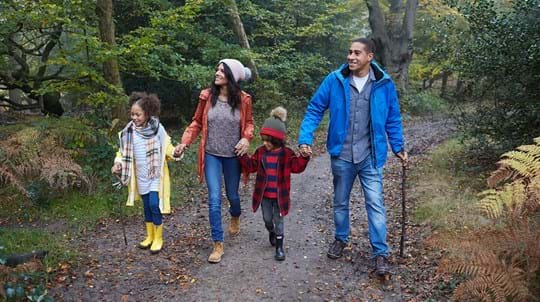
Visiting woods
Spot wildlife. Craft with nature. Go on scavenger hunts. We've got plenty of ideas to help families enjoy woods all year round.

Visiting woods
Discover events at our woods and the festivals and fairs you can find us at soon.

Primordial landscapes, tangled branches, breathtaking wildlife and miles of woodland trails. From the countryside to cities, we care for thousands of woods throughout the UK, all free to visit.
Find a wood near you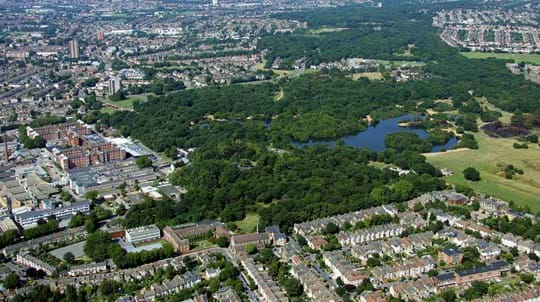
Blog
Charlie Mellor • 04 Nov 2021

Blog
Charlie Mellor • 15 Jul 2022
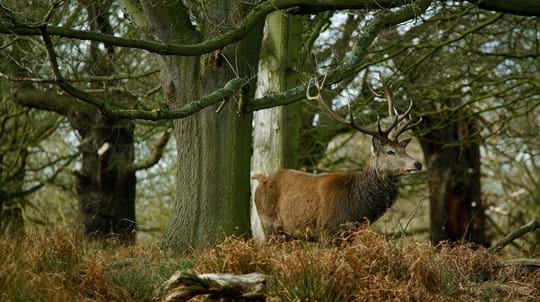
Blog
James Martin • 28 Jan 2019
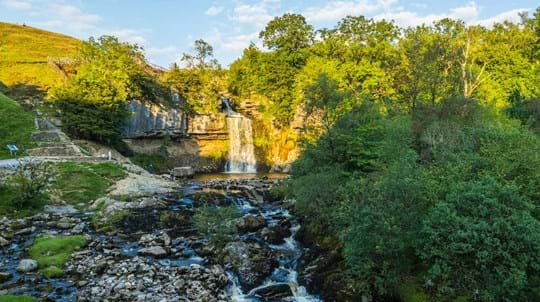
Blog
Charlie Mellor • 15 Jan 2021

Visiting woods
You don't have to travel to experience the incredible sights and sounds of some of our most beautiful woods. Our 360 tours let you explore the history and natural spectacles of these special places from home.
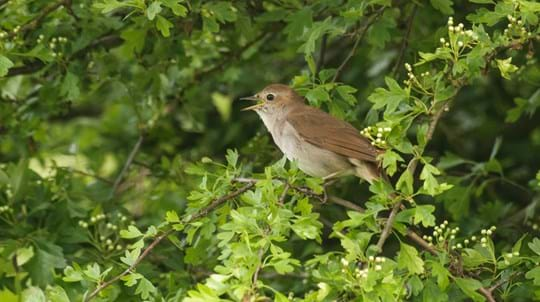
Blog
Amy Lewis • 01 Apr 2022
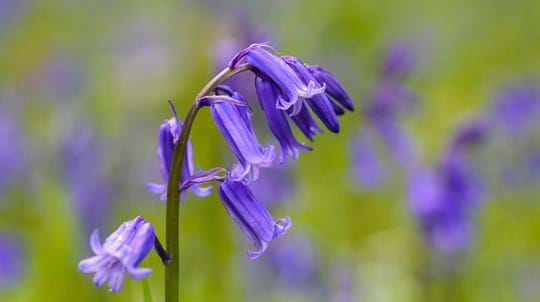
Visiting woods
See a stunning sea of blue this spring. Discover our best woods for bluebells.